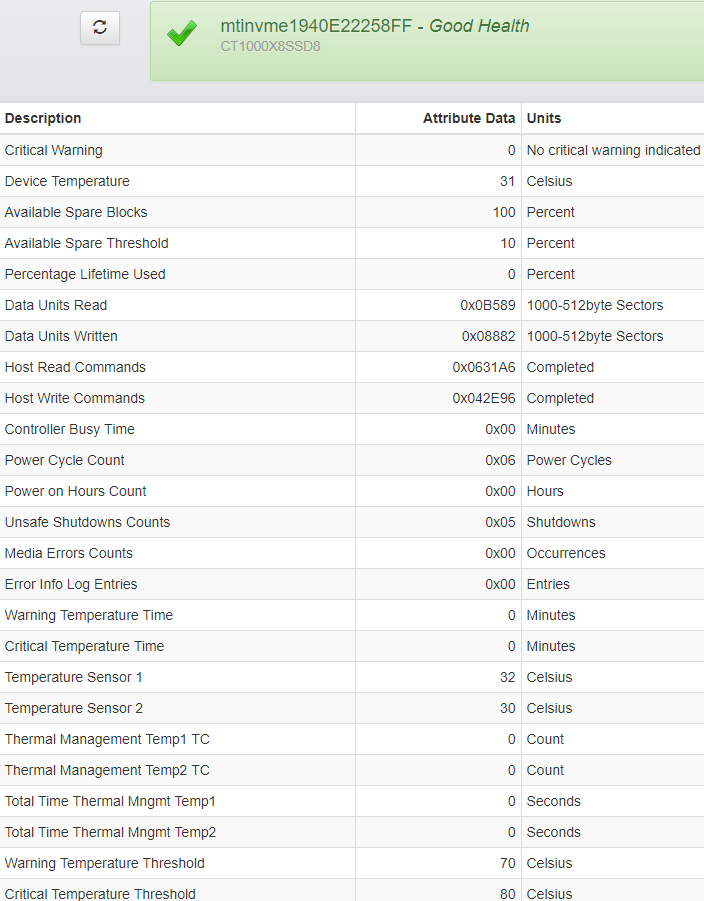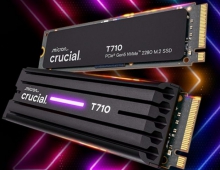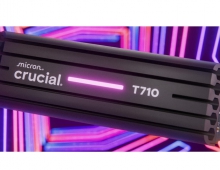Crucial X8 1TB External SSD review
1. Features
The drive can be used to expand storage on your PS4, XBOX One, iPad Pro, Android device, or simply free up space on your computer quickly with speeds up to 1050MB/s. Of course, such a high speed requires a fast feed of data. If you put the X8 into a standard USB 3.0 port (USB 3.1 Gen. 1) you will only be able to achieve a top speed around 480MB/s, reading and writing, hitting the bandwidth limitation of that interface. If you have access to either USB 3.1 Gen. 2, USB 3.2 or Thunderbolt 3 ports, the X8 can deliver greater than 900Mb/s for reading and writing on a Windows PC.
The X8 is manufactured to be durable and rugged. Tested against extreme temperatures, shock, vibration, and even a 7.5-foot drop, you can trust that your drive will withstand the elements.
You can use Windows Backup, macOS Time Machine, Windows Bitlocker to Go, and Apple FileVault, along with third-party endpoint-protection software suites like Symantec and McAfee.
Built with a unibody core of anodized aluminum, the case not only looks great, but dissipates heat efficiently to maximize performance. Crucial has chosen to actually mix materials for the design of the X8 SSD. The main body is anodized aluminum, and there are plastic inserts running across each side, with grippier end caps. They’re all shades of black.

The drive's body is measuring 4.33 x 0.45 x 2.08 inches (width/depth/height), and it is weighing just shy of 3.5 ounces. Although small, it’s not quite as compact as Samsung’s X5, but more like Sandisk’s Extreme Pro Portable SSD. In any case, it sits in your hand nicely.



The X8 connects using USB 3.2 Gen. 2 (10Gbps) and is available in two capacities: 500GB ($119.95 from Crucial) and 1TB ($164.95 on Amazon), the latter being the capacity we tested.
The drive uses TLC NAND and ships with a Type-C to Type-C cable, with a Type-C to Type-A adapter.


Testing was performed on Windows 10 64-bit running on a Core i7-5820K/Asus X99 Deluxe system with four 16GB Kingston 2666MHz DDR4 modules, an NVidia GT 710 1GB x2 PCIe graphics card, and an Asmedia ASM2142 USB 3.1 Gen. 2 (10Gbs) card. Also on board are a Gigabyte GC-Alpine Thunderbolt 3 card.
Below you see the drive's properties as they are reported by Windows, Crucial's software and CrystalDiskInfo.

























